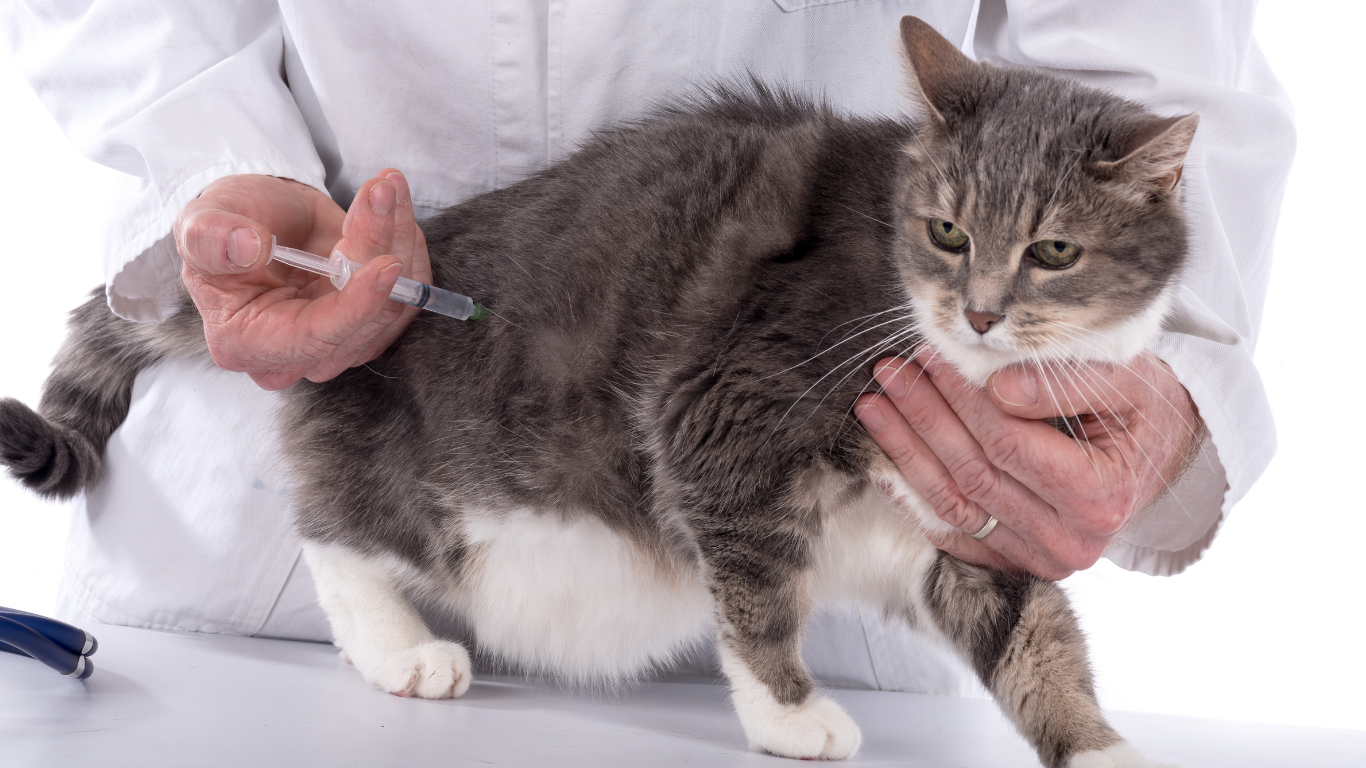Veterinarian Dr. Karin Schlotterbeck explains:

Rabies is often portrayed, especially in films, as a particularly serious disease that makes the animal very aggressive. Pictures of angry animals with foam at the mouth and big eyes are shown, especially of dogs. In this article you will read what the disease really is and what you can do before the infection to protect your animal and yourself.
What is Rabies?
Rabies, also known as “Lyssa” or “Rabies”, is a notifiable infection of mammals, birds and humans and is transmitted by so-called rhabdoviruses. It is a usually fatal anthropozoonosis, i.e. an infectious disease that can affect humans and animals and can be transmitted to each other.
How is rabies transmitted and how does it occur?
The infection is usually transmitted through bites from dogs and wild animals. Rabies is an acute infectious disease that has been known since ancient times and has been largely eradicated in Europe thanks to the introduction of dog and cat vaccinations and large-scale oral vaccination of wild animals.
Who can get rabies?
Species sensitivity varies greatly and is greater for foxes and badgers than for dogs, for example. People are less sensitive than dogs, and the disease rarely occurs in herbivores.
How does a rabies infection progress after infection?
Without vaccination or post-exposure prophylaxis (PEP), the rabies infection is fatal within 15 to 90 days, with the exception of rare individual cases. PEP is only effective for a maximum of 24 hours after infection, the sooner the better. Infection usually occurs directly through the virus excreted in the saliva of rabid animals and people via bite wounds or skin abrasions. It reaches the spinal cord or brain via the muscles and nerve fibers and causes a so-called polioencephalomyelitis, an inflammation of the brain and spinal cord.
The symptoms usually appear in the classic three-phase course:
- Prodromal stage (lasts a few hours to 4 days)
Expressed in: changes in personality from over-friendly to aloof, unmotivated biting with undisturbed food and water intake
- Exitation stage (lasts 1 to 4 days)
Expressed in: aggressiveness and urge to wander (raging anger), excessive salivation, biting
- Paralysis or depression stage (lasts until death)
Expressed in: Restlessness increasingly turns into exhaustion and paralysis. Difficulty swallowing occurs due to laryngeal paralysis. Silent anger skips the exit stage and is immediately characterized by symptoms of paralysis. Feeding becomes impossible and the animal has uneven pupil sizes.
That's why our veterinarian recommends vaccinating your animal on time!










